ROCKING ROBINS @ RSPB LEIGHTON MOSS
- Jonathan Marshall
- Nov 7, 2018
- 16 min read

Last week I paid two visits to RSPB Leighton Moss as well as calling in at RSPB Hodbarrow and at South Walney Nature Reserve which is owned and run by the Cumbria Wildlife Trust. My journey started on the Tuesday when I drove through the Yorkshire Dales National Park, stopping off at Kirkby Lonsdale to look for Dippers on the River Lune.
I turned off the A65 at Kirkby Lonsdale and parked next to the Devil's Bridge which was the main road bridge for the A65 until 1932 having originally been built in 1370. I walked across the Devils Bridge where Black Headed Gulls were sat on the edge and once over I turned right and made my way down the embankment to the edge of the river where two Dippers had just flown downstream.
I walked a short distance along the edge of the river and at the far side I spotted a Dipper perched on a rock. It was busy preening itself before making several dives into the water, swimming short distances before resurfacing and perching on the rock again. After watching the Dipper for about ten minutes I made my way back up the embankment to the bridge and crossed it where, joining the Black Headed Gulls on Devil's Bridge there was a single Crow.

I got back in my car and drove over to the centre of Kirkby Lonsdale and after a quick bite to eat for lunch I walked across to St Mary's Church at the northern end of the town centre. After walking through the churchyard I joined a path which, after a short distance, led to a view over the River Lune and the surrounding valley. The view is know as Ruskin's View after it was praised as one of the loveliest views in England by art critic John Ruskin and it was also painted by J. M. W. Turner.
Down below me on the River Lune I could see a female Goosander and a little upstream to my left I could see a Cormorant, seven Little Grebes, several Mallards and a Grey Heron at the river's edge. I now walked down some steps to the river which are know as the "Radical Steps" and were constructed in 1820. Once I reached the bottom of the steps I was right at the water's edge where the river splits in two for around two hundred yards.

I continued walking along the river until it brought me back to the Devil's Bridge where there were still Black Headed Gulls and Crows but no sign of the Dippers. As I stood on Devil's Bridge I saw high overhead a Merlin being chased by a Crow and I now made my way back through the town to my car and continued my journey on towards Kendal. Once I reached Kendal I checked in at the Castle Green Hotel on the outskirts of town where I was staying for the next three nights.
I left the hotel and headed the short distance across to Bowness-On-Windermere where at the edge of Lake Windermere there were several Black Headed Gulls, Jackdaws, Canada Geese, Mute Swans, Greylag Geese and a pair of Black Swans. I stayed here and after having my dinner I headed back to the hotel and would make the first of two visits to Leighton Moss the next day.
The next day I drove the fourteen miles from the hotel to Leighton Moss on a dry but cloudy day and as I neared the reserve I saw a trio of Pheasants and a single Curlew in a field just to the left of the road. When I got out of the car there was a pair of Robins and a single Dunnock moving between the cars with the Robin coming quite close to me and even following me across the car park.

Leighton Moss was leased to the RSPB in 1964 from the Leighton Hall estate before eventually purchasing it. The Visitor Centre is a converted farmhouse and in 2013 and 2014 the reserve was host to the BBC's Autumnwatch programme. Just outside the entrance I saw more Robins and a male Bullfinch perched in a bush. Leighton Moss has 5 trails for you to follow with three of them starting from the visitor centre.
I started off by walking across to the feeders on the Garden Trail which are a short distance from the Visitor Centre. On the feeders there were Blue Tits, Great Tits, Chaffinches, Robins, a single Goldfinch and several Coal Tits. I headed out on the Family Trail which takes you through woodland before turning south and heading out into the reedbeds. As I walked through the woodland several Robins perched themselves on branches close to the path all the way along until it turned towards the reeds.
Also in the trees above me were Marsh Tits, Great Tits and Blue Tits whilst in the trees over on the other side of a field a pair of Jays were busy arguing and edging its way up a tree trunk was a Treecreeper. Even as I walked along the path through the reedbeds the Robins were still appearing in the trees at the edge of the path. After about a quarter of a mile the path splits in two with the path to the right taking you to the Tim Jackson Hide and the left path to the Grisedale Hide.

I took the left hand path and a couple of hundred yards further down the path arrived at an area of reeds that had been cut down with a pair of grit trays at the back of the small clearing. Here Bearded Tits can be seen as during the winter months they start to eat grit to help them digest their food. Sadly I didn't see any whilst I was there but there was a friendly Robin and Dunnock who were moving about on the ground looking for food before flying up and landing on the fence just a couple of feet in front of me.
I continued on to the Grisedale Hide where in front of the hide there were several Teals and Shovelers and a trio of Mute Swans. In the far distance there was a pair of Little Egrets and a single Great White Egret. A few minutes later a Marsh Harrier flew in from the left over the reeds causing the Teals and Shovelers to fly up into the air. The Marsh Harrier continued on and landed over in the reeds to the right and the Teals and Shovelers landed back around the edge of the water.
I left the hide and headed back down the trail to where the paths split in two and this time I went down the right hand path the short distance to the Tim Jackson Hide. On the water in front of the hide there were more Teals and Shovelers with a couple of Wigeons and Gadwalls as well. At the far side of the water there is small embankment that partially separates the water in front of the hide with a larger area of water behind it.
On the water beyond the embankment I could see a Great Crested Grebe as well as a pair of Pintails amongst more Teals. In front of a Sand Martin wall, which was on the embankment, I spotted a Jack Snipe just in front of it. It's body was really bobbing up and down as it moved along the edge of the water and just before I left the hide a Sparrowhawk flew over the water from the right and disappeared over the reeds to the left.

It was now midday and I headed back through the reedbeds to where the path enters the woodland where, half way along, I saw a pair of Pheasants and yet more Robins. Up in a fir tree, moving from branch to branch, was a Goldcrest whilst at the edge of a stream there was a Wren moving through the undergrowth. After watching the Goldcrest for a couple of minutes I continued on to the Visitor Centre where I visited the cafe for lunch.
After lunch I headed across to the feeders where still visiting were Blue Tits, Great Tits, Chaffinches, Robins, Coal Tits and Dunnocks. They had been joined by two Greenfinches and a Goldfinch whilst amongst the Chaffinches there was a single Brambling which, after feeding on the ground, flew up and landed on a branch just above me. I now headed down the Garden Trail to the Lillian Hide where there were several Teals, Shovelers and Black Headed Gulls and a pair of Snipes at the water's edge.

There were also a couple of Gadwalls, Mallards, Coots, Mute Swans and Moorhens on the water in front of the hide. I now headed along the path to where the Lower Trail starts and where there was yet another Robin perched at the edge of the path with a Coal Tit flying through the trees towards the feeders. The path now followed the roadside with a stone wall separating the path from the road and a hundred yards further on I turned off the trail onto the Reed-edge Trail which takes you along a boardwalk to the Causeway where you re-join the Lower Trail.
I reached the Causeway and turned right following the track until I reached an area where three grit trays had been placed at the edge of the reeds for the Bearded Tits. After waiting for a while to see if the Bearded Tits would turn up I walked further along the Causeway track to the Causeway Hide. On the water in front of the hide there were a few Gadwalls, Mute Swans and Black Headed Gulls as well as a couple of Teals.
Out on an island a couple of hundred yards away there was a lone Grey Heron whilst flying overhead was a large group of Greylag Geese. I left the hide and continued along the Causeway and as I approached the end I saw a Coal Tit and Marsh Tit in the trees above me and at this point I followed the path through a wooden gate off to the left. As I walked along the path I saw Blue Tits, Great Tits, Coal Tits and a Wren whilst in the fields to my right I saw several Pheasants.

About half a mile further on the path turns to the left and takes you to the Lower Hide where at the far side of the water I could see four Goldeneyes. Just in front of the hide a Snipe was slowly making its way along the ground looking for food and as I left the hide a Robin was sat on top of a Mole hill just outside the hide. As I walked back along the path to the Causeway I saw a Marsh Tit, more Robins and a female Bullfinch.
As I walked along the Causeway I saw a Water Rail move fast across a gap in the reeds to my left and there were yet more friendly Robins in the trees at the edge of the path. From my second visit to the Causeway Hide I could see Teals, Tufted Ducks and Gadwalls whilst a group of Cormorants had joined the Grey Heron on the island about one hundred yards in front of the hide. There was also a trio of Mute Swans just in front of the hide as more Greylags flew overhead.
I now walked back along the trails and paths to the feeders by the Visitor Centre where, joining the other birds, there was a Great Spotted Woodpecker which perched briefly before flying off through the trees. I headed back through the Visitor Centre and drove the short distance to the car park for the two hides which overlook Morecambe Bay. I left my car and walked along the Coastal Trail towards the hide and in the tall grass to my right I saw a group of around twenty Chaffinches.

I walked past the first hide, the Allen Hide, to the Eric Morecambe Hide which is the larger of the two hides and affords you views of two lagoons at either side of an embankment. I sat down at the right hand side and right in front of me was a Redshank which after a few minutes made its way up along the left hand edge of the water to join more Redshanks and a few Black Tailed Godwits. A little further out at the far side of the water were two big groups of Lapwings and behind the left hand group there was a trio of Common Sandpipers.
Over on the water to the left of the hide I could see several Teals, Shovelers, Wigeon and Gadwall whilst sat on a small island was a pair of Shelducks. Beyond the water I saw a Little Egret and flying over the land was a Great White Egret. On the far side of the water there was a pair of Goosanders and a Red Breasted Merganser and in the far distance I spotted a Marsh Harrier. A few minutes later the Little Egret flew over the water and landed at the right hand edge of the left hand lagoon.

It began to work its way down the edge of the water towards the hide searching for food but a pair of Mallards swam over and proceeded to hinder its search. It continued to get closer and closer to the hide until it was right in front of me and had managed to temporarily shake off the attentions of the Mallards. The Little Egret now made its way out to a small island where it was joined yet again by the Mallards and from the left a Kingfisher flew along very quick right across the front of the hide.
It turned to its left and followed the embankment before flying up and over the top heading back towards the hide and flying to a post at the edge of the water. A couple of minutes later the Kingfisher dived into the water and flew off round the front of the hide and off into the distance. It was now starting to get dark so I left the hide and headed along the path to the Allen Hide where I could see the Lapwings a little closer. Over to the right I could see a Grey Heron and a Little Egret at the edge of the water and further out beyond the water I could see a few more Little Egrets. I continued on the path back towards my car where seven Fieldfares flew overhead and landed at the top of a tall tree a few hundred yards away.
The next day I drove across the southern edge of the Cumbrian Mountains to a reserve near the town of Millom called Hodbarrow. The reserve has been run by the RSPB since the 1980's and until the 1960's was an Iron Ore mine. The reserve is mostly taken up by Hodbarrow Lagoon which is bordered on one side by a sea wall built in 1905 and on the other side by woodland and a caravan park. When I arrived it was a bright sunny day and after parking the car I started by walking through the woods towards the eastern end of the reserve.

As I walked along the path I saw Blackbirds, Chaffinches and Robins in the bushes at the side with one Chaffinch washing itself in a puddle on the path before flying off. I eventually reached the far end of the reserve where over to the left on a fencepost was a Robin. From here I turned left and walked across past one of the old lighthouses to the sea wall where down on Duddon Estuary I could see a Curlew. On the Lagoon side I could see Tufted Ducks, Black Headed Gulls, Mallards and Coots whilst in the bushes at the edge of the path a Wren was moving through the branches.
I walked further along the sea wall and about a third of the way along I saw two very large groups of Oystercatchers on the sands at the edge of a water channel. A little further along, at the bottom of the sea wall, was a group of Redshanks which flew off as a Little Egret went past. As I walked along I could see more Curlews as well as more and more Oystercatchers and Redshanks on the sand along with a few Black Headed Gulls and a pair of Lesser Black Backed Gulls.
About half way along the sea wall there is a hide looking over the lagoon where Terns nest in front of during the Spring. Today however I could only see Lapwings, Coots, Mute Swans and Tufted Ducks so after a short stop I headed back over to the sea wall where another of the Lighthouses currently sits. I continued to walk along the sea wall, seeing yet more Oystercatchers and Redshanks, whilst in the bushes on the other side of the path a group of Tree Sparrows moved through them.

Near the end of the sea wall on the lagoon side I saw several Mute Swans and a few Mallards. I now turned right through the caravan park towards the woodland where I saw more Blackbirds and Robins. When I got back to my car there was a Blue Tit moving along the branches with a couple of Blackbirds and Robins. It was now just after lunch time so I drove round to the other side of Duddon Estuary to the town of Barrow. I drove through Barrow and onto Walney Island where there are two nature reserves - North Walney and South Walney.
I turned to the left and followed the road down to the bottom end of Walney Island where South Walney Nature Reserve is situated. The reserve has been managed by the Cumbria Wildlife Trust since 1963 and is notable for Gulls and its Grey Seal colony. The reserve itself has 9 hides and after parking in the car park I walked past the small Visitor Centre and headed west. After about one hundred yards I turned to the right and followed the path onto a boardwalk through to the Trish Chadwick Hide and as I neared the hide a lone Sheep was stood just to the side of the boardwalk.
Flying over the field to my right were around one hundred Starlings which then landed in the field. The hide was very quiet so I left and followed the boardwalk round to the Tinbergen Hide which was busier. In front of the hide there were Wigeons, Teals and Mallards and the Starlings flew over the water as I left and headed back along the boardwalk. As I was half way along a Stonechat flew across the boardwalk and behind me the sheep had climbed up on to the boardwalk and after staring at me for a minute or so it climbed down the other side.
Once I had returned to the start of the boardwalk I turned to the right and continued westwards to the Sea Hide. Sadly I couldn't see much due the very bright sun making it difficult to see anything so I left the hide and walked back down the path towards the Visitor Centre making a brief detour to the Observation Hide. In front of the hide I could see a couple of Rabbits and heard a Wren but not much else and as it was starting to get dark I headed back to the car. On the drive back along the road towards Barrow I saw Redshanks, Little Egrets and Lapwings quite close to the road and I now headed back to my hotel at Kendal.

The fourth day was my final day in the Lake District and before I headed home I made another trip to RSPB Leighton Moss. When I arrived at the car park the Robins were still hopping about between the cars and it was yet another bright sunny day. I first visited the feeders which were still awash with Blue Tits, Great Tits, Coal Tits, Chaffinches, Dunnocks and Robins with Mallards and Pheasants on the ground below. I now headed for the Lower Trail and on the ground to the right of the path I saw a Nuthatch and several Robins in the trees.
I carried on along the path turning onto the Reed-edge Trail down to the Causeway, rejoining the Lower Trail. I walked the short distance to the viewing platform for the Bearded Tits where a trio of them had made an appearance earlier in the day. There are three grit trays with one of them having a camera pointed towards it and this is linked back to a video screen in the cafe at the Visitor Centre. In the trees next to the platform were Blue Tits and Robins whilst on the other side of the Causeway I could hear a Cetti's Warbler but could not see it.
I waited a good forty minutes to see if the Bearded Tits would make a return but they did not so I continued on to the Causeway Hide. Over to the left, at the edge of a small clump of reeds, there were a few Teals asleep and further beyond that in the water there were Gadwalls, Wigeon, Tufted Ducks and Coots. In front of the hide and in the water over to the far right hand side there were several Mute Swans. On the island about one hundred yards away there was a group of Cormorants and after a while a trio of Greenshanks flew over the hide and landed at the left hand edge of the island.

At the far side of the water I could see a pair of Goosanders and a Red Breasted Merganser. There now appeared a ripple in the water over to the far right and as I looked closer an Otter popped its head out of the water and continued swimming across to the back of the lagoon. In a field on a hillside in the far distance I could see around two hundred Greylag Geese and before I left they rose up and flew round in a circle before landing beyond the reeds on the reserve.
I now headed back towards the Visitor Centre, making a brief stop to see if the Bearded Tits were about, which they were not and then paid a visit to the cafe for lunch. After lunch I headed out along the Family Trail where the Robins were there in big numbers and there were also Wrens, Dunnocks and Marsh Tits about too. I followed the path right to the grit trays near the Grisedale Hide hoping that this time the Bearded Tits would turn up.
They did not so I walked on towards the Grisedale Hide and when I got near the hide I finally saw some Bearded Tits when three of them flew over the reeds back towards where the grit trays were situated. From the Grisedale Hide I could see Teal, Shovelers, Gadwalls and in the short grass to the right of the hide a single Snipe. Over in the distance to the right of the hide, against the edge of the reeds, there was a Red Deer Stag moving along the edge before disappearing into the reeds.

As the Red Deer had disappeared a Kestrel flew in and began hovering close to the hide for a couple of minutes before flying over to a tree about one hundred yards away. The sunlight made it very difficult to get a photo as the Kestrel appeared as a black silhouette against the sky. I now walked back along the path and went to the Tim Jackson Hide where I could see Teals and Shovelers in the water and a Sparrowhawk flew across in front of the hide and disappeared over the reeds to the left.
During my walk back to the Visitor Centre I saw yet more Robins and Dunnocks, whilst about half way along the path I saw a rather brilliantly coloured male Pheasant. Before going to the Visitor Centre I walked up the steps to the top of the Sky Tower which gives you excellent views of the reserve and the surrounding countryside. Down on the water I could see a Great White Egret which flew off to the far side of the reedbed and emerging from the reeds on the right a Grey Heron.

On the water itself I could see a wide range of wildfowl such as Teals, Wigeons, Shovelers, Gadwalls and Mallards as well as a rare duck called a Pintail. There were also several Black Headed Gulls and I now descended the steps and walked across to Lillian's Hide as Siskins had been spotted there earlier in the day. From here I could see all the ducks and in the grass a short distance from the hide there was a pair of Snipes.
Before I left the reserve I made one final visit to the feeders where there were still lots of Blue Tits, Great Tits, Chaffinches, Coal Tits and Pheasants. Up in the trees to the left I spotted a male Bullfinch which kept flying off only to return to the same spot a few seconds later. One of the female Pheasants jumped up onto the fence and then onto the wooden wall right in front of me and looking right at me before dropping right back down to the ground. The Robins were still in the car park when I returned to the car and over my two visits to Leighton Moss they had proved to be the star of the show as I had seen at least twenty on both visits.
I have attached a few pictures and a full sightings list from my visits to RSPB Leighton Moss, RSPB Hodbarrow, South Walney and Kirkby Lonsdale.

























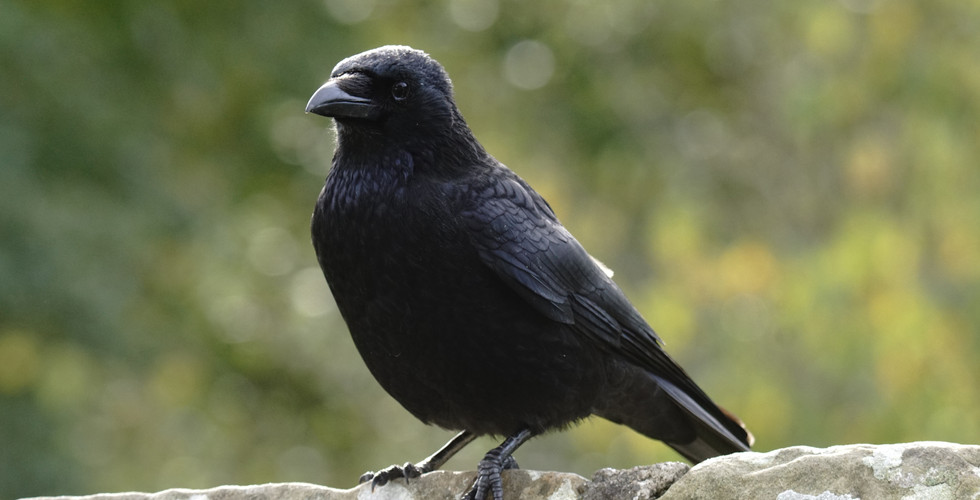






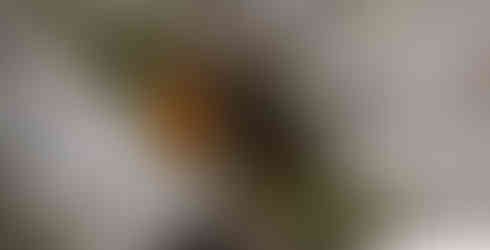

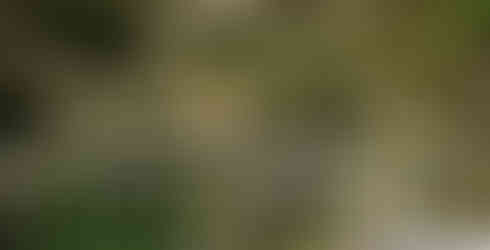
























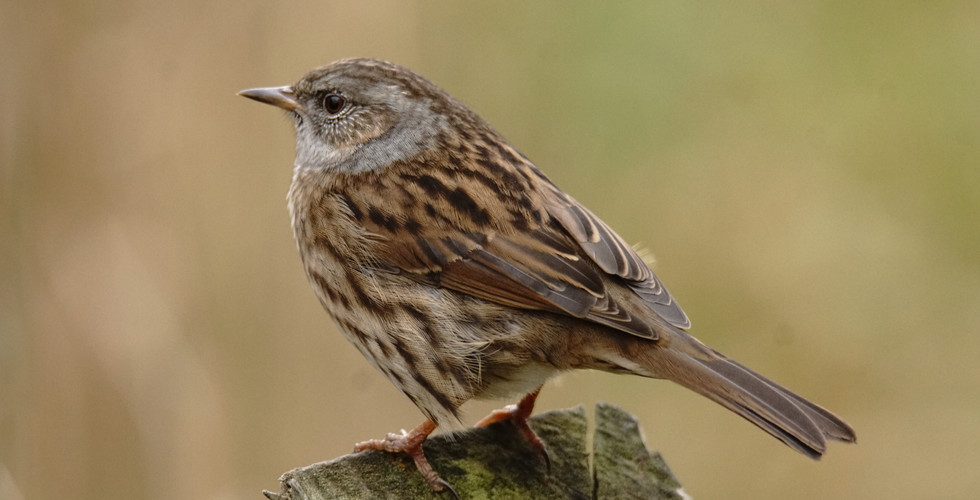














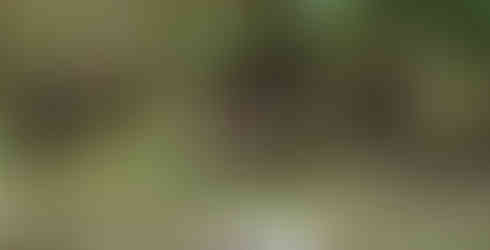






















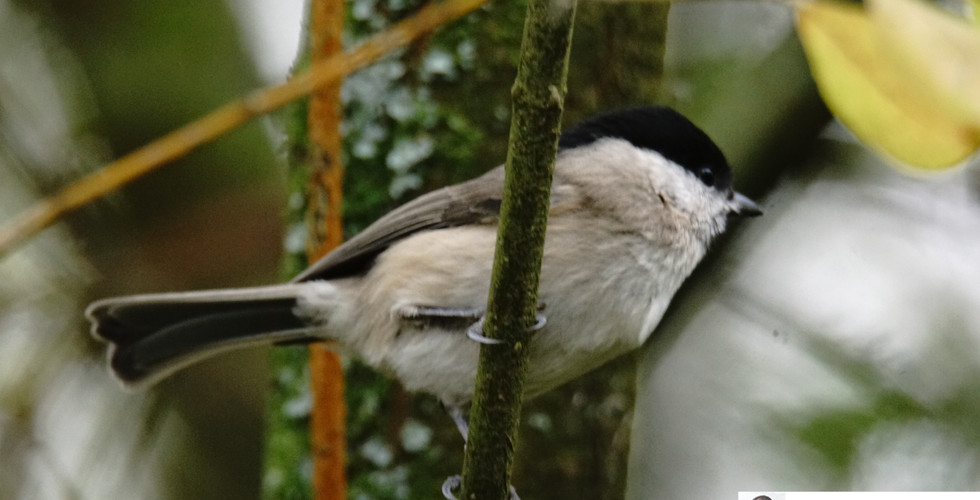

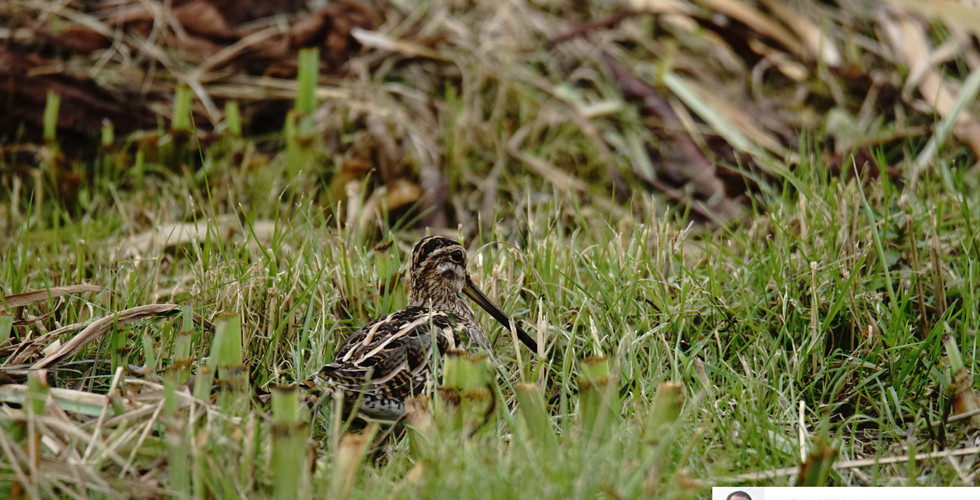















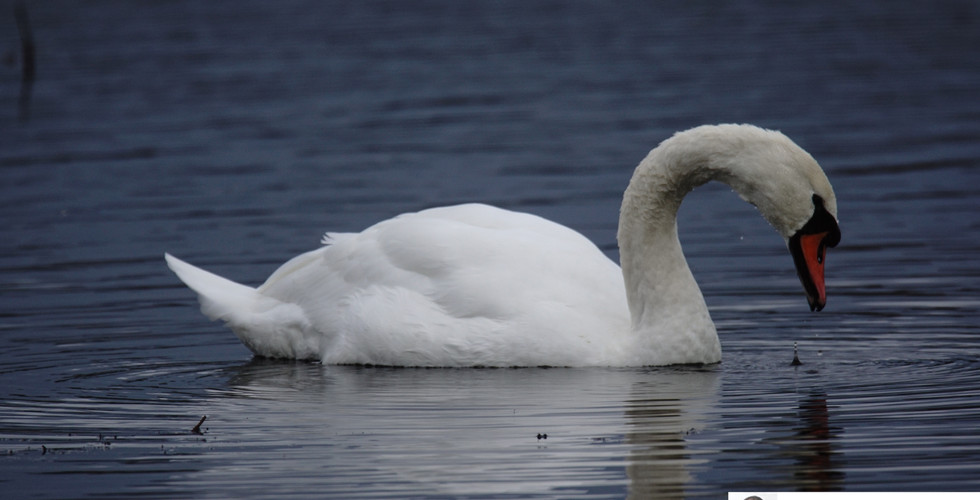





























































































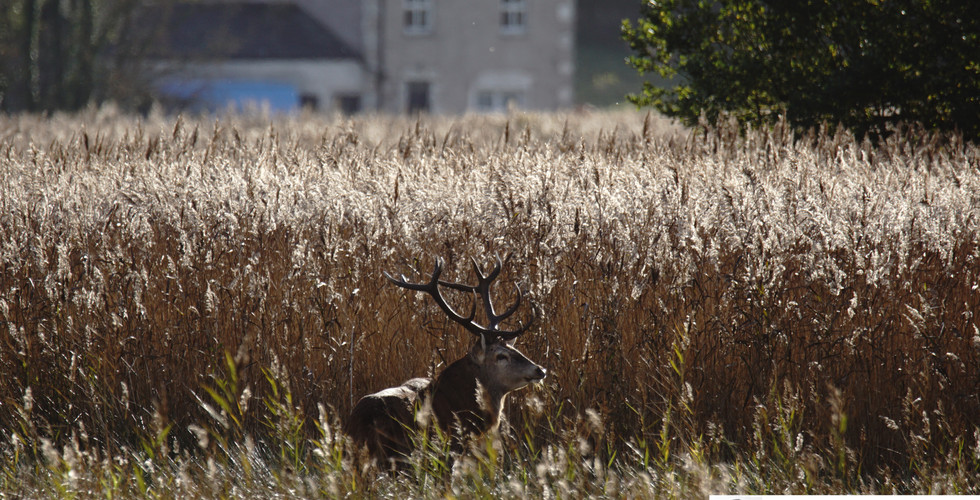
















































Comments